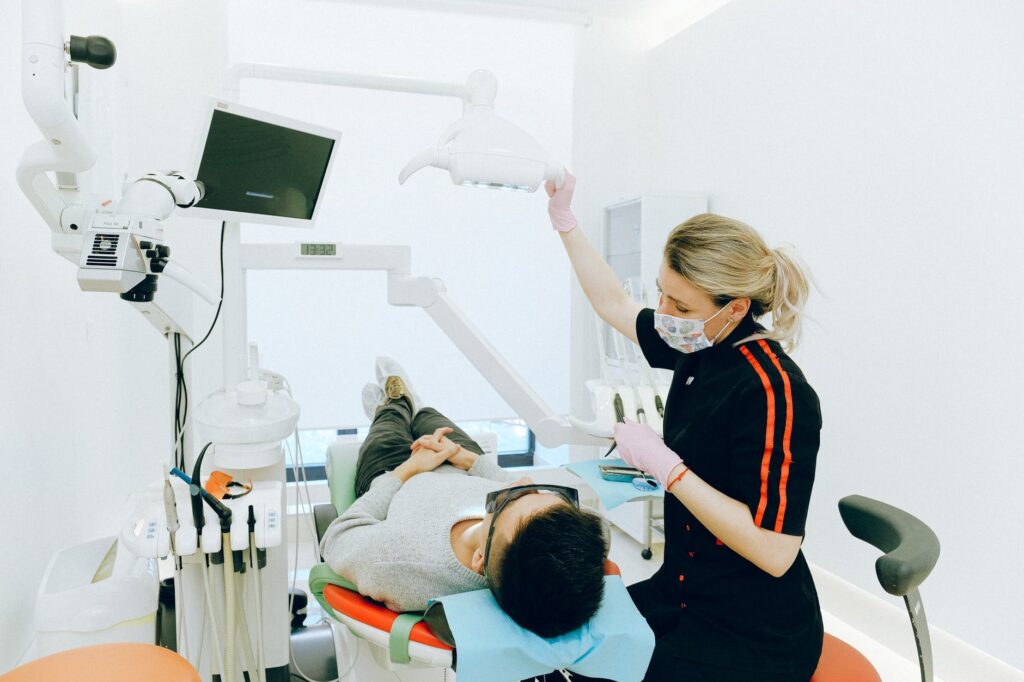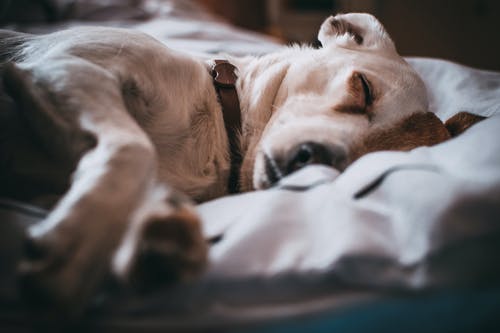Our pets are more than just animals; they are an essential part of our families. We strive to ensure they’re healthy and filled with vitality. Among the best ways to do this is by ensuring they get regular checkups at a veterinary clinic and receive all the essential vaccinations. These vaccinations form the bedrock of preventative healthcare for our pets, shielding them from numerous potential diseases. Ultimately, pet immunizations can be life-saving and integral to the overall health of our furry friends.
Vital Pet Vaccinations
Just like humans, pets such as dogs and cats require certain vaccinations to ensure they remain healthy and fight off common diseases. Here’s a closer look at these vaccinations:
- Canine Parvovirus, Distemper, Hepatitis, and Rabies (DHP-P/ DHP-P-R): This is a core vaccination given to puppies. It is often administered in stages to offer the best protection.
- Rabies: This is a crucial vaccination and has even been made compulsory in quite a few states. It protects both the pet and human beings from the deadly disease.
- Feline Panleukopenia (FPLV), Rhinotracheitis, and Calicivirus (FVRCP): These vaccinations are significant for cats and are typically given when the cat is still young.
The specific vaccine schedule for pets can differ depending on factors such as the pet’s age, breed, health status, and lifestyle.
Yearly Pet Vaccinations
When it comes to boosting the immunity of a pet against familiar illnesses, many pet owners resort to yearly pet vaccinations. These regular inoculations are beneficial in keeping diseases at bay. Additionally, they also allow for early identification and curbing of potential health problems. However, when opting for yearly vaccinations, one should consider the pet’s age, health status, and type of vaccine before making a decision.
Importance of Routine Pet Health Checkups
Routine pet health checkups play an influential role in maintaining the well-being of pets. These check-ups allow veterinarians to identify future health issues and implement timely treatment, thereby ensuring your pet stays in optimal health.
- Comprehensive Examination: During a routine check-up, dog health checks ups at Midway Veterinary Hospital or other reputable veterinary clinics conduct a comprehensive health examination to ensure that your pet gets a thorough evaluation of its health status.
- Early Identification: Regular check-ups can help in the early identification of potential health problems that may be brewing. This early detection allows for timely intervention and management, thereby preventing the issue from aggravating.
- Preventive Care: Routine check-ups are a part of essential pet healthcare procedures that ensure the well-being and longevity of pets.
The Costs Involved
The cost of regular pet vaccinations and check-ups can be affected by various factors. Here’s a breakdown:
- Type and Number of Vaccines: The cost may vary based on the type and quantity of vaccines administered.
- Location: Costs can vary depending on the location of the animal hospital.
- Veterinarian Charges: Each vet may charge differently based on their services
Although these costs might seem a little high, it’s worth noting that preventing diseases through vaccinations and regular check-ups can be much more cost-efficient than dealing with costly veterinary emergencies.
Veterinary Surgery Services
Surgical procedures on pets can range from simple operations like spaying and neutering to complex ones requiring intricate procedures. Regardless of the complexity, there’s a routine followed before and after every surgical procedure.
- Pre-Surgery: Before any surgery, vets perform certain pre-surgery preparations for pets. These often involve extensive examinations and diagnostic testing. For instance, veterinary surgery service in Somerset, KY provides comprehensive pre-surgery procedures and tests.
- During Surgery: During the surgical procedure, anesthesia is typically utilized to ensure the pet doesn’t feel any pain.
- Post-Surgery: Surgery doesn’t end after the procedure. The recovery phase that follows is equally important. During this phase, vets monitor the pet’s recovery closely to ensure everything is progressing well.
Potential Vaccination Side Effects in Pets
While vaccinations play a significant role in securing your pet’s health, there can be side effects. Here are some common ones:
- Mild Symptoms: Following vaccination, your pet may exhibit mild symptoms like lethargy, a minor fever, or a decreased appetite. While these should pass, it is always a good idea to watch closely and consult your vet if the symptoms persist.
- Allergic Reactions: In some cases, pets might react negatively to certain vaccines, resulting in more serious side effects or allergic reactions. This kind of situation calls for immediate consultation with your vet.
Commonly Performed Pet Surgeries
There are several types of pet surgeries, ranging from minor procedures to complex operations. Here’s an overview:
- Routine Surgeries: These include neutering and spaying, which are common procedures performed on pets.
- Tumour Removal: In some cases, pets may develop tumours that need to be surgically removed.
- Orthopedic Surgeries: These involve surgeries on the skeletal system of the pet.
- Emergency Surgeries: Emergency pet surgery may be required in sudden circumstances where the pet’s health is at significant risk.
It’s important to note that there are always risk factors for pet surgery, such as age and overall health, and these need to be discussed with your vet prior to surgery.
Post-Surgery Care
Caring for your pet after surgery is as important as the operation itself. Effective post-surgery care involves monitoring the pet’s recovery, giving medications as prescribed by the vet, and keeping the pet comfortable. Here’s a look at the different elements of good post-surgery care:
- Monitoring: Keep a close eye on your pet’s recovery process and look out for any signs of complications.
- Medication: Following surgery, your vet will most likely prescribe medications to prevent infection and manage pain. Ensure these are administered properly as per the vet’s directions.
- Comfort: After an operation, your pet will need plenty of rest in a comfortable and quiet space.
Conclusion
Creating a health plan for our pets may take some effort, but it’s entirely worth it for the peace of mind it brings. Making sure our pets receive their vaccinations and maintaining routine check-ups to monitor their health status ensures we are proactive in providing them with the best care possible.
While some costs are involved, these are far less than those we would incur for emergency treatments of preventable diseases. Always consult with your vet to work out the best health plan for your pet. After all, our furry friends depend on us for their well-being, and we want them healthy, happy, and around for as long as possible.






